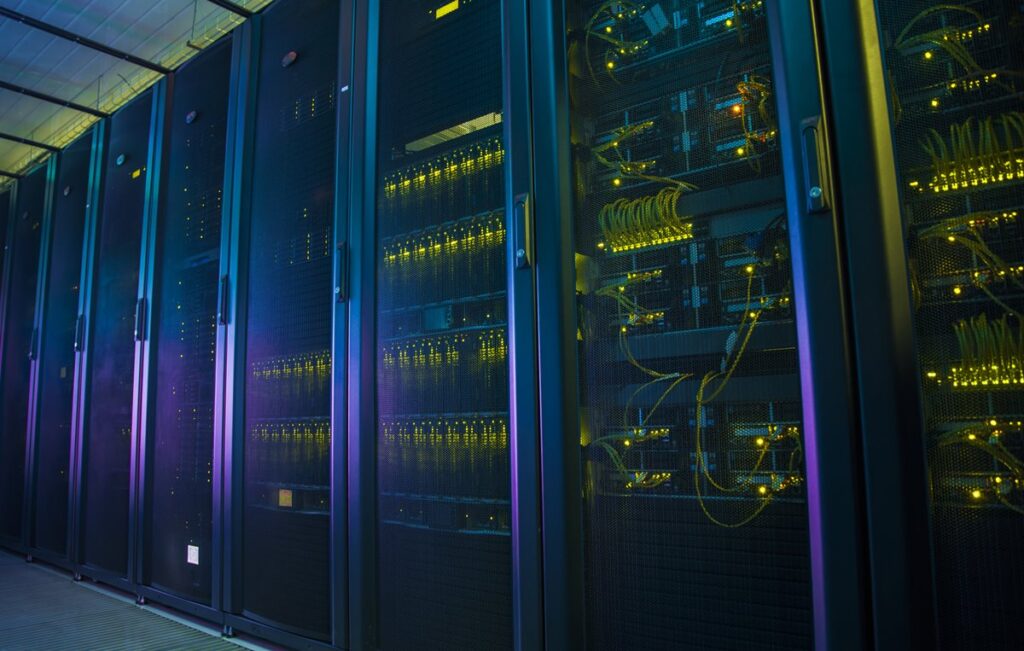

The modern internet infrastructure relies on protocol systems that enable communication between billions of devices worldwide. For many years, IPv4 has been the cornerstone of this system. However, its limitations have brought IPv6 to the forefront. What exactly are the differences between IPv4 and IPv6, and what benefits does the transition to the new standard offer?
The first version of the IP protocol created was IPv4. It emerged in the early 1980s and was first implemented in ARPANET in 1983. Today, IPv4 is the most commonly used version of the internet protocol, handling over two-thirds of global internet traffic.
IPv4 addresses are written in a dotted-decimal format, using a 32-bit scheme where each of the four parts consists of eight bits. This structure allows for the creation of 4,294,967,296 unique addresses. However, the number of available IPv4 addresses is limited. Initially, it was assumed that this amount would suffice indefinitely, but the growth of the internet exceeded all expectations. In 2011, the Internet Assigned Numbers Authority (IANA) distributed the last blocks of new IPv4 addresses, and by 2015, they were officially exhausted in the United States.
Although the issue of address exhaustion is significant, IPv4 remains the backbone of the internet, facilitating over 90% of network traffic. Current solutions include reusing IP addresses and network address translation (NAT), where one public IP address is assigned to multiple devices. Nonetheless, in the long term, transitioning to IPv6 is the only viable solution.
IPv6 is the latest version of the internet protocol, developed in the late 1990s to meet the growing demand for more IP addresses and eventually replace IPv4. IPv6 addresses are written in hexadecimal format, with sections separated by colons. This protocol uses a 128-bit addressing scheme comprising eight blocks of 16 bits each. As a result, IPv6 enables the creation of approximately 3.4×10³⁸ unique addresses. While this is an enormous number, it remains finite, meaning it could eventually run out, though it ensures address availability for the foreseeable future.

One of the most significant differences between IPv4 and IPv6 is the size of their address spaces. As mentioned earlier, IPv4 uses 32-bit decimal addresses, allowing for around 4.3 billion unique IP addresses. In contrast, IPv6 uses 128-bit hexadecimal addresses, offering an impressive 3.4×10³⁸ unique IP addresses, sufficient to connect billions of devices globally.
However, the address space is not the only difference between these protocols. IPv6 offers several additional benefits that set it apart from IPv4. Here are the key ones:
IPv6 enables every connected device to automatically configure its IP address without requiring network administrator intervention. This simplifies network setup compared to IPv4, which necessitates manual configuration.
When IPv4 was developed, security was not a primary concern due to fewer threats at the time. Over the years, optional security mechanisms such as SSL and IPSec were added to enhance data protection, ensuring encryption, authentication, and data integrity. In IPv6, IPSec is natively integrated, providing comprehensive security by default.
IPv6 introduces simplified headers. It also supports multicast, allowing data to be sent simultaneously to multiple recipients. In IPv4, this functionality was only available as an additional option.
IPv6 is technically more advanced, but is it genuinely better? Generally, yes, though it’s worth examining this further:

Transitioning to IPv6 comes with challenges, but also significant advantages.
While IPv6 offers far greater capabilities, it cannot replace IPv4 overnight. Both protocols can coexist in hybrid networks through dual-stack technology, allowing simultaneous use of both protocol versions. As network infrastructure evolves, IPv6 will gain prominence, but IPv4 remains the primary standard for now.
By adopting IPv6, the internet will become more scalable and secure, creating new opportunities for technological growth and innovation. Organisations and internet service providers preparing for the future will benefit from implementing IPv6, gaining greater network control and enabling smoother communication for the increasing number of connected devices.
IPv6 is the future of the internet, but its full implementation will take time. In the meantime, it’s essential to find ways to benefit from this transition now. If you need reliable IPv4 or IPv6 residential proxies, LocalProxies has the solutions you need. Gain a competitive edge during this transition by leveraging our residential proxy servers. Contact us today to discover how you can capitalise on this change to stay ahead of the competition!
© Copyright 2025 www.localproxies.com. All Rights Reserved.
